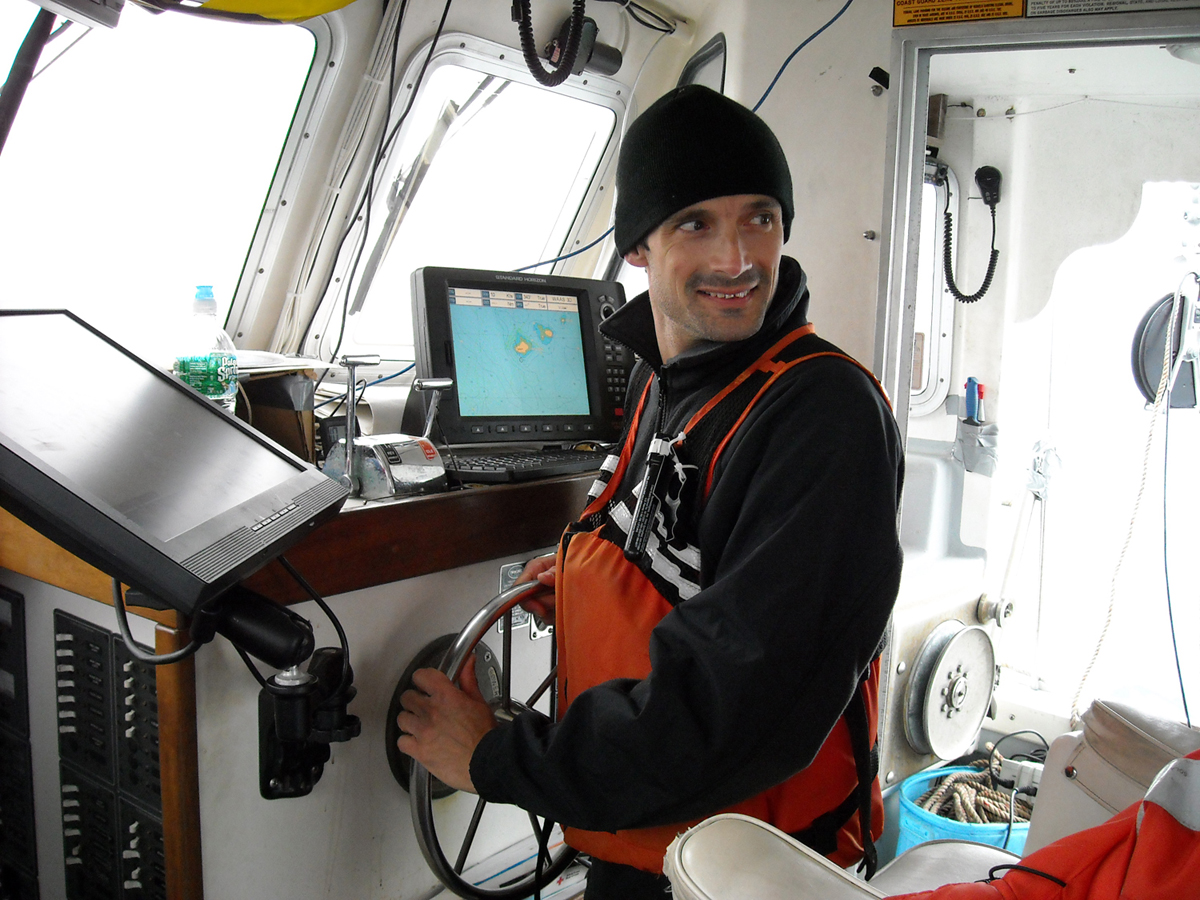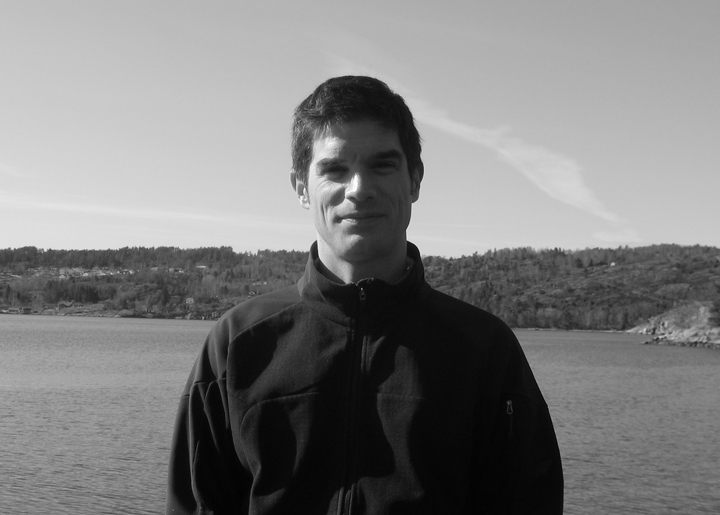Obama Administration Officials Release Interagency Ocean Policy Task Force Interim Report
WASHINGTON, DC – Obama Administration officials today released the Interagency Ocean Policy Task Force Interim Report for a 30-day public review and comment period. The Interagency Ocean Policy Task Force, led by White House Council on Environmental Quality Chair Nancy Sutley, consists of 24 senior-level officials from Administration agencies, departments, and offices. The report provides proposals for a comprehensive national approach to uphold our stewardship responsibilities and ensure accountability for our actions.
“This Interim Report represents a wide spectrum of views and considerations, not just from within the federal government, but from members of the public, local officials, stakeholders and experts from coast to coast,” said Nancy Sutley, Chair of the White House Council on Environmental Quality. “It delivers on President Obama’s request for recommendations that will move this country towards a more robust national policy for our oceans, coasts and the Great Lakes and recognizes that we have a responsibility to protect the oceans and coasts for the benefit of current and future generations.”
“America’s oceans are vital to our prosperity, health, security and quality of life,” said Dr. Jane Lubchenco, Under Secretary for Oceans and Atmosphere and Administrator of the National Oceanic and Atmospheric Administration. “This is a historic day — for the first time, we as a nation say loudly and clearly that healthy oceans matter.”
“America’s enduring maritime interests — our reliance on the oceans and Great Lakes for commerce, sustenance, and security — have not changed since our Nation’s founding. What has changed is the complexity of the pressures on these critical ecosystems and the demand for an effective and integrated national strategy to manage their use, protection, and sustainability,” said Coast Guard Commandant, Admiral Thad Allen. “The recommendations of this Interim Report chart a clear course to address the needs for an integrated national policy and governance structure that will better provide for the safety, security, and stewardship of the maritime environment, now and into the future.”
“President Obama’s vision for a sustainable and comprehensive strategy for our oceans is vital to the wise management of these critical resources,” said Associate Deputy Secretary of the Interior Laura Davis. “With 1.7 billion acres in the Outer Continental Shelf — including management responsibilities for offshore renewable and conventional energy resources, 35,000 miles of coastline, and millions of acres of marine-based parks, refuges and national monuments – the Department of Interior and its agencies are front and center in the effort to build the coordinated national ocean policy that our country needs.”
“The Interim Report provides a clear road map for America’s stewardship of the oceans, coasts and Great Lakes,” said EPA’s Assistant Administrator for the Office of Water Peter Silva. “EPA is proud to have played a key role in the development of this crucial report, which is inextricably linked with EPA’s mission to protect and safeguard human health and the environment.”
The Interagency Ocean Policy Task Force was created by Presidential Memorandum on June 12, 2009, to develop a national policy for the ocean, our coasts, and the Great Lakes. The Memorandum charged the Task Force with developing recommendations that include a national policy for our oceans, coasts and the Great Lakes, a framework for improved Federal policy coordination, and an implementation strategy to meet the objectives of a national ocean policy within 90 days. Within 180 days, the Task Force is charged with developing a recommended framework for effective coastal and marine spatial planning.
The Interim Report provides proposals for a comprehensive national approach to uphold our stewardship responsibilities and ensure accountability for our actions. Additionally, the Interim Report outlines a more balanced, productive and sustainable approach to our ocean resources. Specifically, it highlights three key areas:
A National Policy: The Interim Report proposes a new National Policy that recognizes that America’s stewardship of the ocean, our coasts, and the Great Lakes is intrinsically and intimately linked to environmental sustainability, human health and well-being, national prosperity, adaptation to climate and other environmental change, social justice, foreign policy, and national and homeland security.
A Robust Governance Structure: The Interim Report proposes modifications to the existing governance structure, including a stronger mandate and direction, and renewed and sustained high-level engagement. Under the proposal, the White House Council on Environmental Quality and the Office of Science and Technology Policy would lead an interagency National Ocean Council to coordinate ocean-related issues across the Federal Government and the implementation of the National Ocean Policy. Such a governance structure, combined with sustained high-level staff involvement, would ensure that these areas are a priority throughout the Federal Government.
Categories for Action: The Interim Report prioritizes nine categories for action, including ecosystem-based management, regional ecosystem protection and restoration, and strengthened and integrated observing systems, that seek to address some of the most pressing challenges facing the ocean, our coasts, and the Great Lakes. These strategies and objectives provide a bridge between the National Policy and action on the ground.
The Task Force is now focusing its efforts on developing a recommended framework for effective coastal and marine spatial planning as charged within 180 days. In addition, the Task Force continues its public engagement activities, including holding at least five more regional public meetings scheduled to take place in the following cities: San Francisco, California; Providence, Rhode Island; Cleveland, Ohio; New Orleans, Louisiana; and Honolulu, Hawaii. The initial meeting was held in Anchorage, Alaska on August 21, 2009. Expert briefings will continue while the Interim Report is available for review and public comment. The Interim Report may be found at www.whitehouse.gov/oceans. The Task Force will provide a final report with all of its recommendations later this year.


